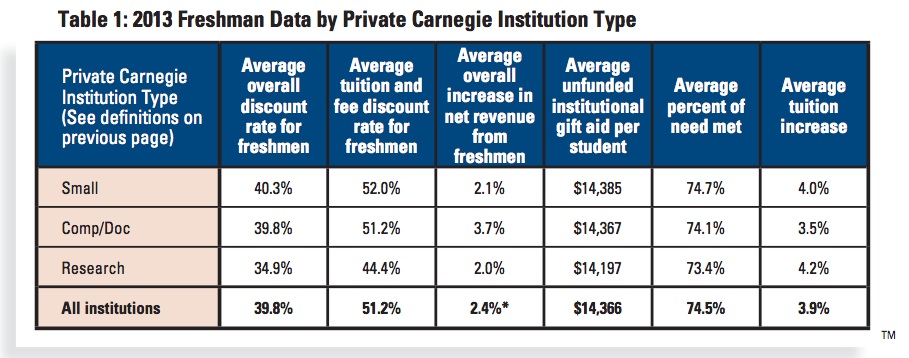Wanting to look into this, I did a little bit of Googling about Noel-Levitz to see if I could find out anything of use about them. As it mentions above, they are an “enrollment management” consulting firm- the largest in the United States. What enrollment management consulting firms tend to offer universities and university systems is something called “financial aid leveraging.” If you clicked that link, you’ll see that it’s pretty hard to understand exactly what that is. I found that an article from the Atlantic from a few years ago explained it far more clearly than the companies that do it: in short, financial aid leveraging is the act of repackaging financial aid so that it is specifically directed at students that a complex algorithm determines as most likely to make the school more money. Frequently, this means taking financial aid away from the people who need it the most and giving it to people who are more likely to stay in school. If you look at the operating budget documents, you’ll notice that a majority of Noel-Levitz’s recommendations are related to financial aid.
While you can have a discussion of ethics about this practice on its own, something else is what made me uncomfortable:
Noel-Levitz is a former subsidiary of Sallie Mae, the student loan giant. If you’re not acquainted with Sallie Mae’s reputation, a quick Google search should remedy that.
Now, Sallie Mae isn’t what it used to be; it’s no longer officially tied to the government (now it’s publicly traded and has changed its name to SLM). However, in 2013, Sallie Mae was contracted by the Department of Education as the servicer of almost 20% of new federal student loans. That means, in general, that the more federal student loans there are, the more money Sallie Mae makes. In addition, Sallie Mae will sometimes sell off some of its loans in the form of financial securities. However, the income from those contracts ($109 million in 2013) pales in comparison to its income from selling those securities ($13.8 billion in 2012) and offering their own private student loans ($37.5 billion in loans outstanding as of Dec 31, 2013). In fact, the direct federal loan program has been a huge source of competition for Sallie Mae.
In other words, since it’s no longer originating federal student loans (which used to be its biggest source of revenue), Sallie Mae will make more money if there are more private student loans (especially if those private student loans go to the students most likely to repay them. More on that in a minute).

From the Noel Levitz 2014 Discounting Report
